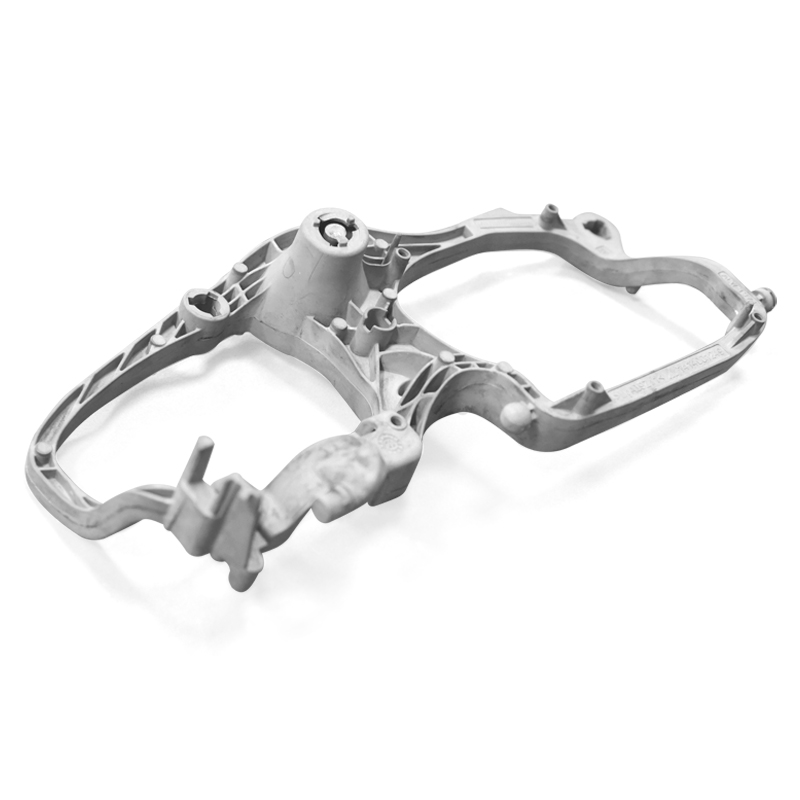소개
In today’s fast-paced world of technological advancements, turning innovative ideas into tangible products is crucial. Prototype manufacturing plays a pivotal role in transforming these concepts into reality. It allows innovators and entrepreneurs to test, refine, and validate their ideas before investing in mass production. This article will explore the significance of prototype manufacturing and the steps involved in the process.
The Importance of Prototype Manufacturing
Prototype manufacturing is the bridge between imagination and realization. It offers numerous benefits that help bring ideas to life. Firstly, prototypes allow designers and engineers to identify and rectify any flaws or shortcomings in their concepts. This iterative process helps refine the product and eventually leads to a superior end result.
Furthermore, prototypes serve as a visual representation of the product, making it easier to showcase and pitch to potential investors or customers. It allows them to interact with a physical model, gaining a better understanding of its functionality and features. This can significantly increase the chances of securing funding or attracting early adopters.
Prototypes also enable manufacturers to identify any manufacturing issues that may arise during mass production. By testing materials, assembly methods, and production processes, potential obstacles can be addressed and resolved beforehand, saving both time and money in the long run.
Steps Involved in Prototype Manufacturing
1. Conceptualization: The first step in prototype manufacturing is to conceptualize the idea. This involves brainstorming and sketching out the basic design and functionality of the product. The goal is to create a blueprint that serves as a foundation for further development.
2. Computer-Aided Design (CAD): Once the concept is finalized, it is time to create a digital model using CAD software. This allows designers to refine the design and make necessary adjustments before moving forward. CAD also enables the creation of virtual prototypes that can be tested virtually, saving time and resources.
3. Material Selection: Choosing the right materials is crucial in prototype manufacturing. Factors such as cost, durability, and availability need to be considered. Depending on the complexity of the product, various materials such as plastics, metals, or composites may be used.
4. 3D Printing or CNC Machining: After the design and material selection, the next step is to fabricate the prototype. 3D printing and CNC machining are the most common methods used for this purpose. 3D printing allows for rapid prototyping, creating layers of material based on the digital model. CNC machining, on the other hand, involves subtractive manufacturing, where material is removed from a solid block to create the desired shape.
5. Assembly and Testing: Once the prototype is fabricated, it needs to be assembled and tested. This involves putting together different components, ensuring proper fit and functionality. Testing helps identify any issues or improvements that need to be made before moving on to mass production.

6. Iterative Refinement: Based on the testing results, the prototype may go through multiple iterations to refine and optimize the design. This iterative process allows for continuous improvement until the desired outcome is achieved.
결론
Prototype manufacturing is a vital step in the product development process, transforming ideas into reality. It allows innovators to validate their concepts, attract investors, and address potential manufacturing issues. By following the steps outlined above, designers and engineers can bring their ideas to life, paving the way for successful mass production. With the right approach and attention to detail, prototype manufacturing has the power to shape the future of innovation and technology.

 0086-750-5616188
0086-750-5616188 +86 13392089688
+86 13392089688 sales@zhongmei-tech.com
sales@zhongmei-tech.com













